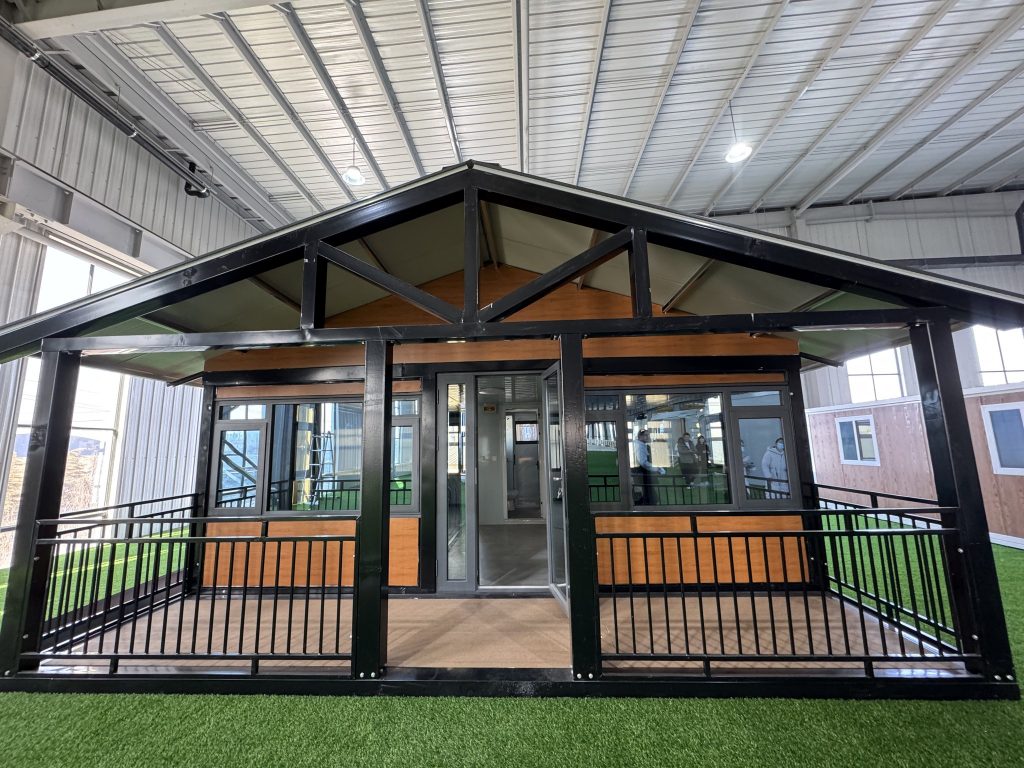The UK’s expandable container housing market is experiencing rapid growth, driven by a housing shortage (approximately 124,000 children live in temporary container housing), rising land costs (average land prices in London exceed £10,000 per square meter), and breakthroughs in modular construction technology.

The global container housing market reached RMB 15.4 billion in 2023 and is projected to reach RMB 27.08 billion by 2030 (a CAGR of 8.6%). British companies are leveraging foldable steel structures (Ten Fold Engineering) and multi-layer stacking technology (Patalab’s nine-story container towers) to achieve spatial expansion and cost optimization, while also promoting the technology’s penetration beyond temporary housing into commercial and healthcare applications. However, thermal performance deficiencies (cold in winter, hot in summer) and debates over welfare dependency remain major societal challenges. Future development focuses on integrating decarbonization technologies and intelligent modular systems to balance economic efficiency and sustainability.
Expandable container homes are not only a tool for addressing housing shortages but also a testbed for urban spatial flexibility. Their success relies on the coordinated evolution of technology (thermal optimization and intelligent expansion), policy (regulatory adaptation and targeted subsidies), and societal (de-stigmatization). Over the next five years, as decarbonization technologies and modular robotics mature, the UK is poised to lead the global paradigm shift in container construction from a “temporary replacement” to a “permanent innovation.”
